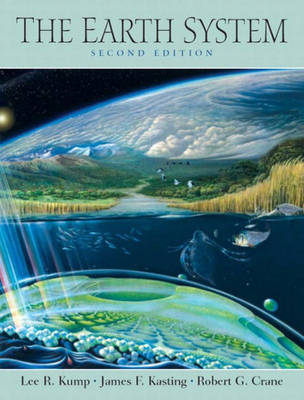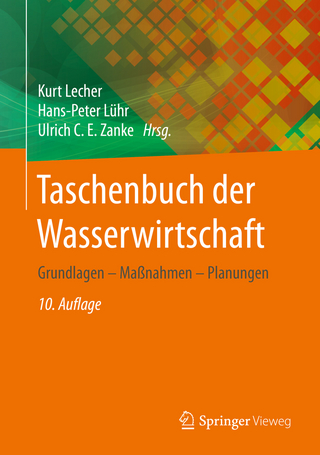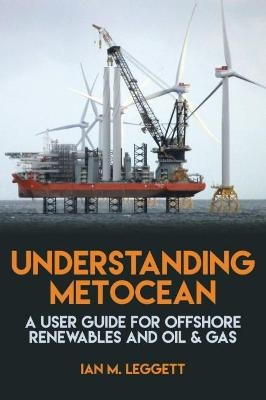
The Earth System
Pearson (Verlag)
978-0-13-142059-5 (ISBN)
- Titel erscheint in neuer Auflage
- Artikel merken
The first textbook of its kind that addresses the issues of global change from a true Earth systems perspective, The Earth System offers a solid emphasis on lessons from Earth's history that may guide decision-making in the future. The text is more quantitative than the standard Earth science book, but the authors have remained sensitive to the needs of non-science majors.
Lee R. KumpGeology and is now editor of the Virtual Journal of Geobiology and associate editor of Geochimica et Cosmochimica Acta. He is a fellow of the Geological Society of America, and received the Distinguished Service Medal from the Geological Society of America in 2000. Dr. Kump's research interests include the behavior of nutrient and trace elements in natural environments, the evolution of ocean and atmosphere composition on geologic time scales, biogeochemical cycling in aquatic environments, and environmental change during extreme events (mass extinctions, extreme warm periods, glaciations) in Earth history. James F. Kasting is a Professor at Penn State University, where he holds joint appointments in the Departments of Geosciences and Meteorology and is an affiliate of the NASA Astrobiology Institute and Penn State's ESSC. He received his undergraduate degree from Harvard University in Chemistry and Physics and did his PhD in Atmospheric Sciences at the University of Michigan. Prior to coming to Penn State in 1988, he spent 7 year§ in the Space Science Division at NASA Ames Research Center. Dr. Kasting is a Fellow of the American Association for the Advancement of Science and of the International Society for the Study of the Origin of Life. His research focuses on the evolution of planetary atmospheres, particularly the question of why the atmospheres of Mars and Venus are so different from that of Earth. Dr. Kasting is also interested in the question of whether habitable planets exist around other stars and how we might look for signatures of life by doing spectroscopy on their atmospheres. Robert G. Crane received his PhD in Geography from the University of Colorado, Boulder. After working as a Research Associate in the National Snow and Ice Data Center and the World Data Center-A for Glaciology in Boulder, he spent a year teaching at the University of Saskatchewan before moving to Penn State in 1985. Dr. Crane's research has been on microwave remote sensing of sea ice, ice-climate interactions, and, more recently, regional-scale climate change, climate downscaling techniques, and climate change and variability in southern Africa. He is coeditor of a text on the applications of artificial neural networks in geography. Currently Dr. Crane holds the position of Professor in the Department of Geography and an affiliate of the ESSC. He also serves as the Associate Dean for Education in the College of Earth and Mineral Sciences at Penn State.
1. Global Change.
2. Daisyworld: An Introduction to Systems.
3. Global Energy Balance: The Greenhouse Effect.
4. The Atmospheric Circulation System.
5. The Circulation of the Oceans.
6. Modeling the Atmosphere-Ocean System.
7. Circulation of the Solid Earth: Plate Tectonics.
8. Recycling of the Elements: The Carbon Cycle.
9. Focus on the Biota: Metabolism, EcoSystems and Biodiversity.
10. Origin of the Earth and of Life.
11. Effect of Life on the Atmosphere: The Rise of Oxygen and Ozone.
12. Long-Term Climate Regulation.
13. Biodiversity Through Earth History.
14. Pleistocene Glaciations.
15. Short-Term Climate Variability.
16. Global Warming.
17. Ozone Depletion.
18. Human Threats to Biodiversity.
19. Climate Stability on Earth and Earth-Like Planets.
Appendix A: Units and Unit Conversions.
Appendix B: Temperature Conversions.
Appendix C: Periodic Table.
Appendix D: Useful Facts.
Glossary.
Index.
| Erscheint lt. Verlag | 13.10.2003 |
|---|---|
| Sprache | englisch |
| Maße | 208 x 278 mm |
| Gewicht | 920 g |
| Themenwelt | Naturwissenschaften ► Geowissenschaften ► Meteorologie / Klimatologie |
| ISBN-10 | 0-13-142059-3 / 0131420593 |
| ISBN-13 | 978-0-13-142059-5 / 9780131420595 |
| Zustand | Neuware |
| Informationen gemäß Produktsicherheitsverordnung (GPSR) | |
| Haben Sie eine Frage zum Produkt? |
aus dem Bereich



